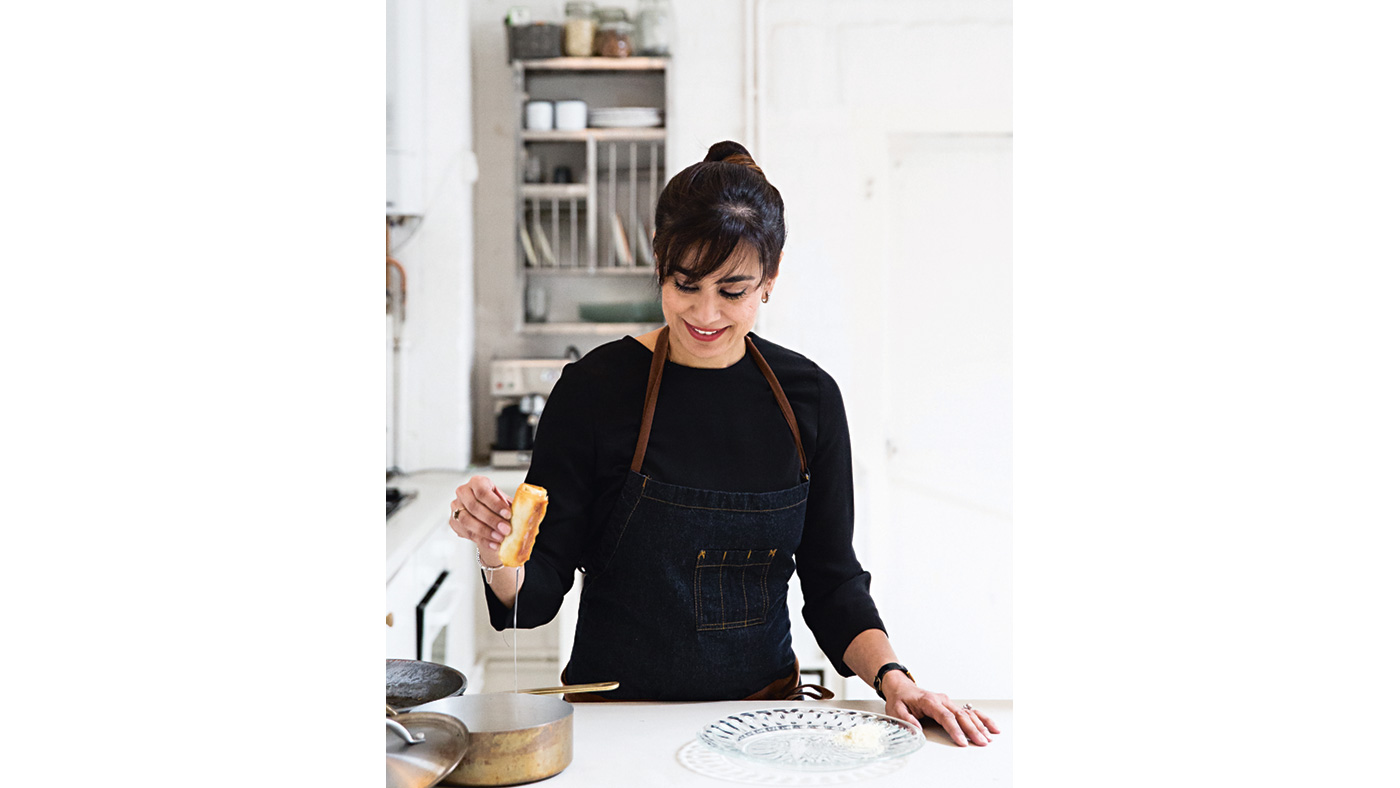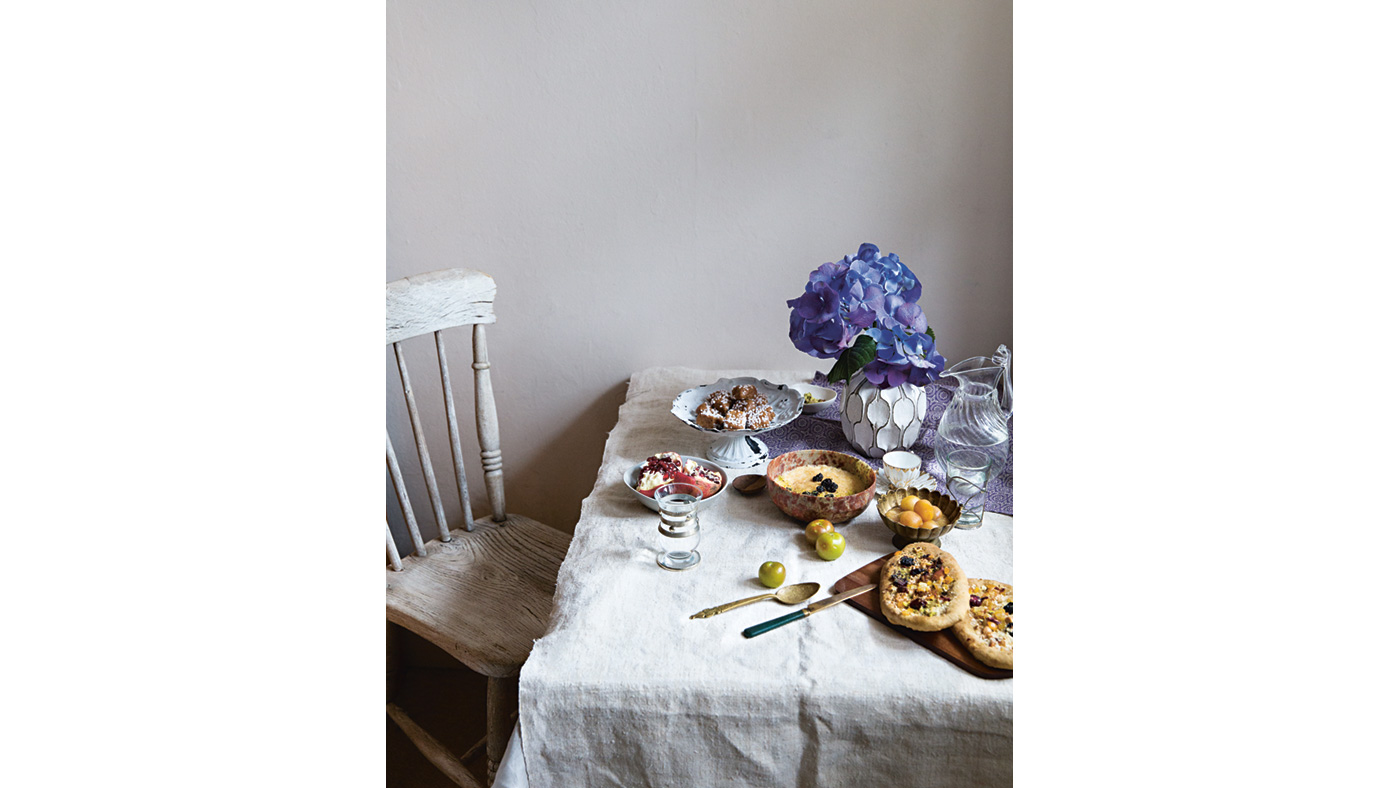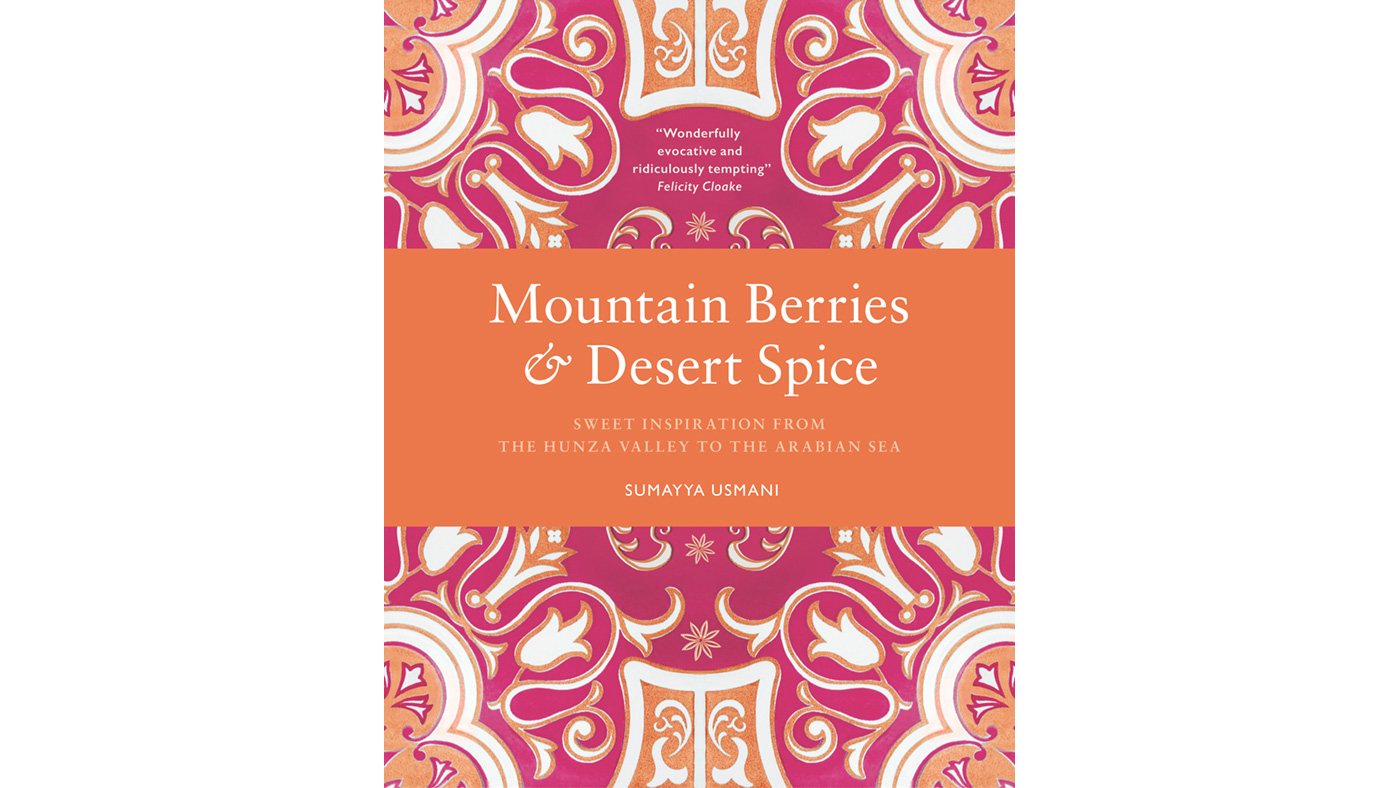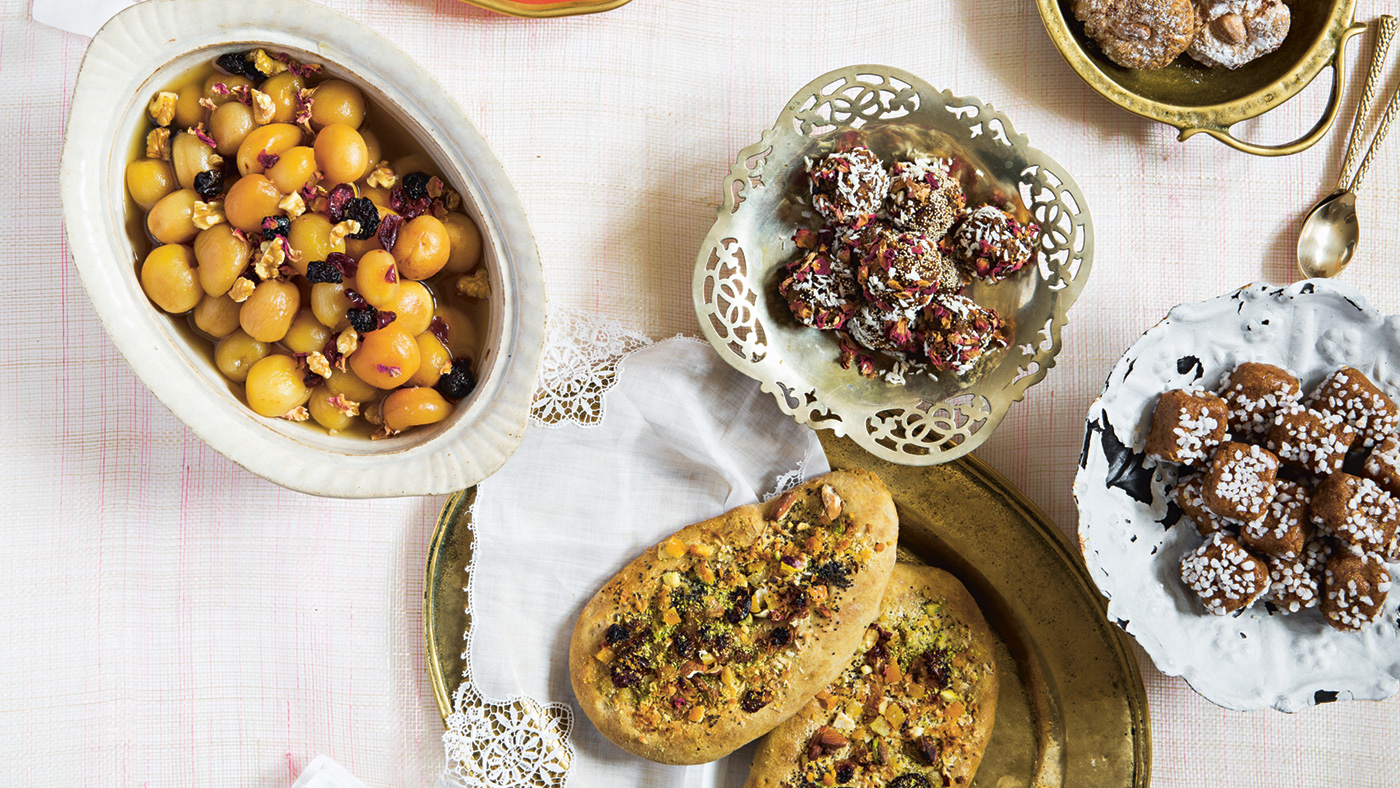Putting the dessert culture of Pakistan on the map
Food writer Sumayya Usmani embarks on a journey unveiling the sweets of her homeland, which are as diverse as its culture and history




Pakistan has long been a passageway for communities and cultures, and a confluence of diverse influences. A rich and turbulent history has seen the country swept through by Mongol invaders and Alexander the Great's armies, ruled by Mughal emperors and affected by British colonialism. Over hundreds and thousands of years, Pakistan has inherited many traditions and its past has left an indelible mark on the contemporary culture and cooking of its people. The country's culinary fabric has also been touched by its geographic borders with Afghanistan and Iran, and enhanced by Muslim emigrants from India. It is home to a multitude of ethnicities, each of which brings its own recipes and heritage.
But Pakistan is not only a land of varied people – it is one of varied climate and terrain, and therefore produce. Icy soaring mountains and arid deserts meet fertile plains and deep valleys: dramatic and beautiful, this landscape is capable of supporting the cultivation of a broad natural larder from sweet berries to fiery spice.
Pakistan's bounty is captivating, plentiful and exotic, and the way in which different people and communities cook both savoury and sweet food in the country is greatly dependent on the produce available to them across this changing and vast landscape. But there is one unifying adoration that reigns supreme across the country, and that is the people's love for desserts, confection, fruit and nuts – no Pakistani table is ever without this celebration of sweetness.
The Week
Escape your echo chamber. Get the facts behind the news, plus analysis from multiple perspectives.

Sign up for The Week's Free Newsletters
From our morning news briefing to a weekly Good News Newsletter, get the best of The Week delivered directly to your inbox.
From our morning news briefing to a weekly Good News Newsletter, get the best of The Week delivered directly to your inbox.

The country's northern areas are blessed with fruits such as pomegranates, mulberries and cherries, as well as nuts such as pistachios, walnuts and pine nuts, which all grow easily. In the rugged mountains and valleys of Chitral, Kalash, Gilgit and Hunza, hot milk is flavoured with local honey, and the breeze carries with it the sweet scent of apricots. In the warmer months, these are dried on the foothills, and the fruit is then served with fresh cheese to end a meal or greet a guest.
In the southern part of the country, sweets are more spiced and floral. In the dry majestic deserts of Balochistan, which borders Iran, spices such as saffron, cardamom and pepper are grown and used abundantly. Sweets are simple and made using local wheat and dates that are dried for the harsh winters ahead. Here, saffron- and cardamom-infused milk, as well as rice puddings and buffalo-milk sweetmeats, are popular.
A real melting pot of flavours can be found on the streets of my hometown of Karachi, in the southern region of Sindh. Here, diverse sweets reflect the various communities, as well as influences from Mumbai, east Punjab and Hyderabad, and local Sindhi cuisine. Sindh's summer fields are amber with ripe sugar cane, and its lush trees are heavy with pink guavas and honey mangoes, while winter brings the sweetest red carrots. Sweetmeat shops are packed with colourful morsels handmade with raw sugar and spices and sold by the kilo.
Flavours differ in Lahore – a city in the east known as Pakistan's food capital. Here, there is a celebration of the bounty of the fertile lands of Punjab, and sweets might take the form of vegetable halvas, milky rose-scented rice puddings and cardamom- and kewra-infused sweetmeats.
A free daily email with the biggest news stories of the day – and the best features from TheWeek.com

Sweets and desserts vary in grandeur depending on the occasion. Decadent desserts are a fundamental part of celebrations and festivities, but on a daily basis mithai are a staple. Mithai simply means sweetmeats, and they can be a humble afternoon-tea treat or a special gift to a loved one. To a Pakistani, sharing and giving mithai comes easily. This can be a present to show appreciation, rejoice on a happy occasion or merely an act of kindness to bring a smile to someone's face.
Pakistani people have an adoration of 'muh meetha karna' (sweetening one's mouth), a lyrical expression that defines the very essence of dessert culture, which is far more than simply concluding a main meal. It's about savouring, sharing and celebrating happiness by indulging in sweetness with your loved ones. Whether it's a dawwat (feast) or a friend coming over for chai, there's always a platter of decadent dessert, perfumed mithai or halvas. This practice reflects the nation's sweet tooth, sense of hospitality and love for sharing joy and sweetness with all.
Many people shy away from South Asian desserts as they feel that they are complicated to make or perhaps not as important as the savoury dishes. I can assure you that if you stop viewing these desserts as an appendage to a meal and look at them instead as a fundamental part of our food culture and an indulgence to savour, you will soon find yourself under the spell of the exotic flavours, historical romance and comfort of Pakistani desserts.
SUMAYYA USMANI is a writer and cookery teacher based in Glasgow. Following her debut book Summers Under the Tamarind Tree, exploring the cuisine of her native Pakistan, her latest release takes a look at the country's varied sweets and desserts. Mountain Berries and Desert Spice by Sumayya Usmani (£20, Frances Lincoln), out now; quartoknows.com
-
 5 fairly vain cartoons about Vanity Fair’s interviews with Susie Wiles
5 fairly vain cartoons about Vanity Fair’s interviews with Susie WilesCartoon Artists take on demolition derby, alcoholic personality, and more
-
 Joanna Trollope: novelist who had a No. 1 bestseller with The Rector’s Wife
Joanna Trollope: novelist who had a No. 1 bestseller with The Rector’s WifeIn the Spotlight Trollope found fame with intelligent novels about the dramas and dilemmas of modern women
-
 Codeword: December 20, 2025
Codeword: December 20, 2025The daily codeword puzzle from The Week